As the boundaries between human creativity and machine intelligence continue to blur, something hauntingly beautiful yet profoundly unsettling will take form on earth. It is not my voice proclaiming this, but rather the work of these designers that remains confined to their machines. A quick scroll on Pinterest reveals that the design and architecture section is brimming with photorealistic designs that feel otherworldly yet entirely feasible. In celebration of Artificial Intelligence (AI), at A+D, we set out on a week-long journey where we talk to AI designers about their creations, which we fervently wish could materialise in our physical world.
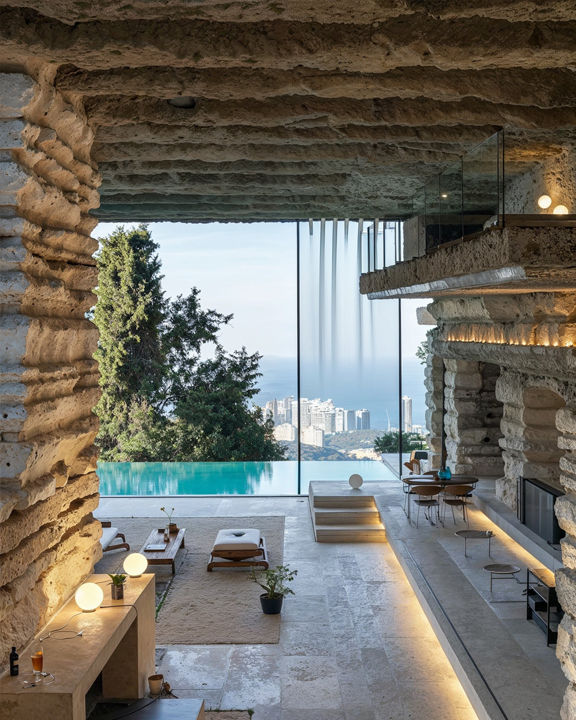
The first in our series is Carlos Bañón, an architect specialising in digital processes and advanced manufacturing methods who is also an associate professor at SUTD Singapore and the director of AIRLAB Singapore (Architecture Intelligence Research Lab), among other things. In his recent series “Villas,” the designer explores what he is known for: lightness and ethereal qualities within architecture, integration with the surrounding landscape and environment, intricate and resource-efficient structural systems, and strategies for firmly grounding structures into the earth. The outcome is a surreal villa that we would definitely want to take form on the land.
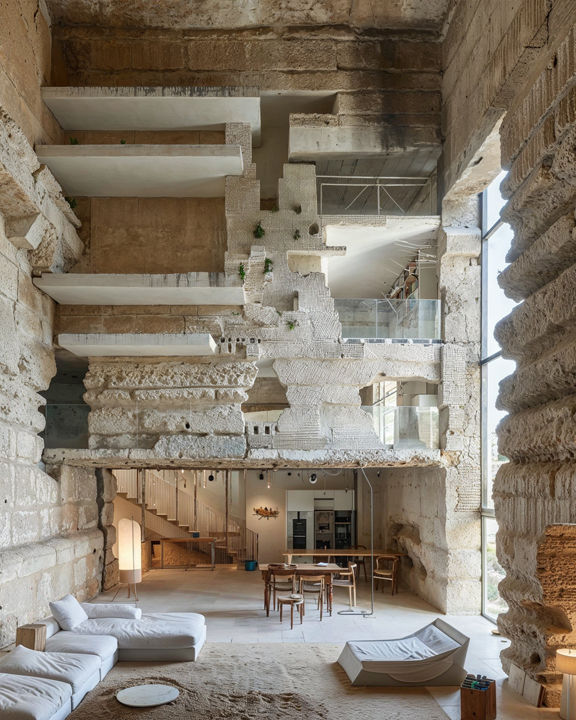

For Bañón it’s all about sensitivity and leveraging AI to grasp context as a wellspring. His vision extends beyond mere aesthetics; it embraces the preservation and incorporation of raw, unprocessed materials found in nature and urban environments. This approach not only pays homage to historical and natural legacies but also enriches modern designs with a narrative of resilience and continuity.
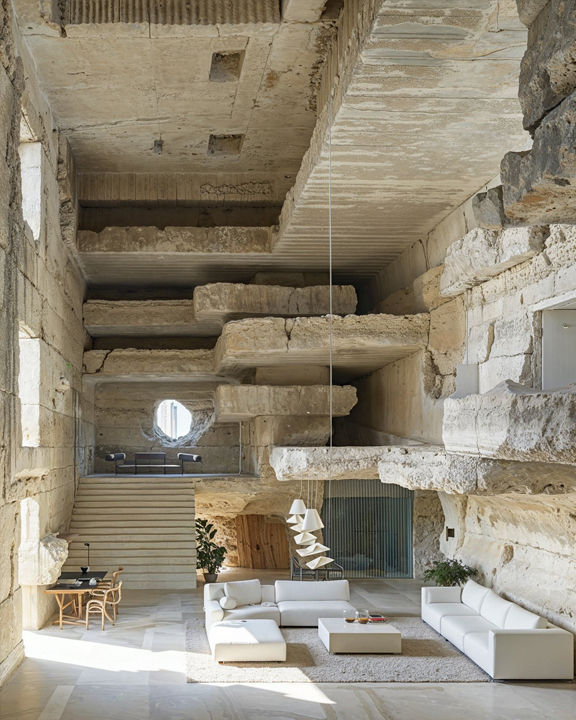
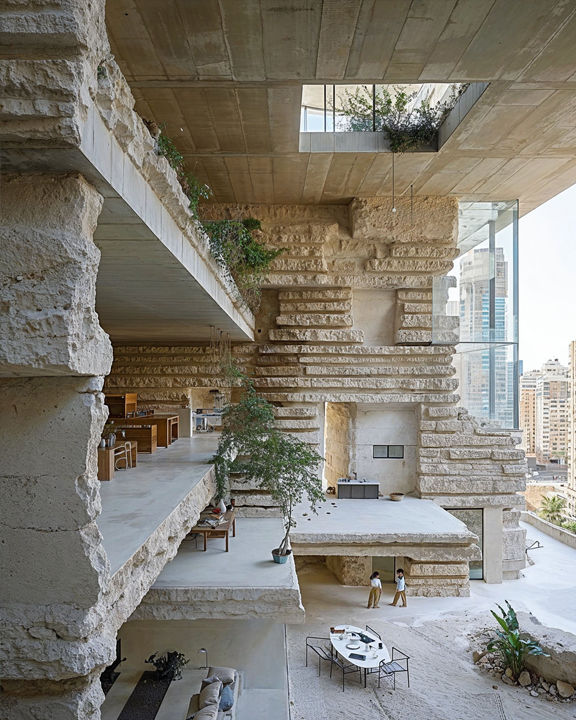
“The process is never linear,” says Bañón. Beginning with spatial concepts, he orchestrates a dynamic workflow that integrates references and evolves through prompts using tools like Midjourney and Stable Diffusion. It’s about generating a multitude of possibilities and distilling them into refined ideas. This iterative approach demands clarity and discernment, with rigorous curation guiding the evolution towards unexpected yet superior outcomes.
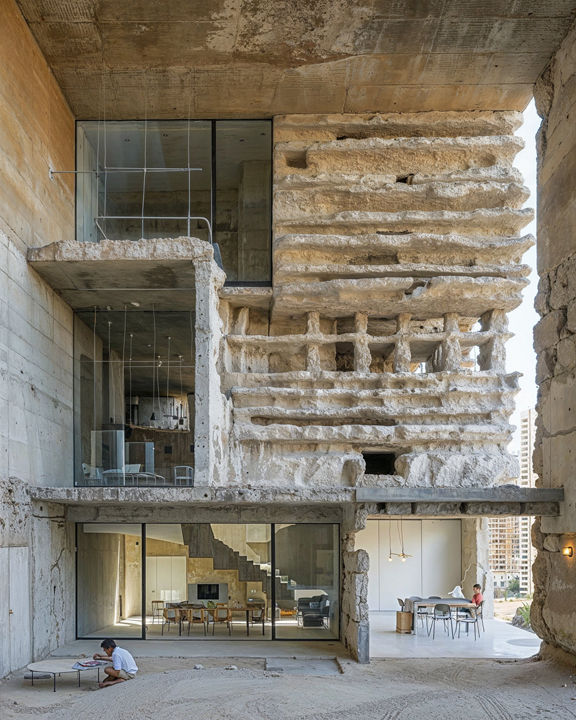
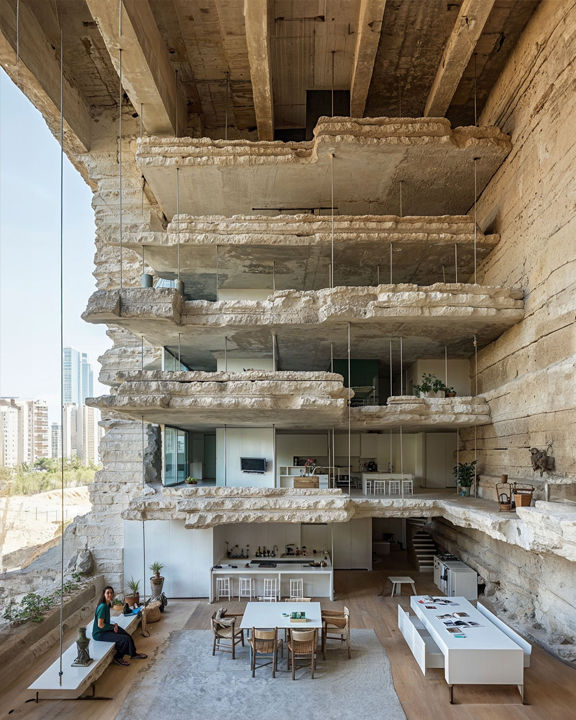
Insights gleaned from Bañón’s integration of AI into architectural design underscore profound transformations in the field. AI accelerates design processes exponentially, facilitating real-time iteration and experimentation on a scale previously unimaginable. “The future of architecture with AI is incredibly promising, and we are only beginning to explore its full potential,” Bañón asserts. From image generation to structural optimisation, AI modules streamline tasks, enhance efficiency and foster innovation that aligns with human and environmental needs.
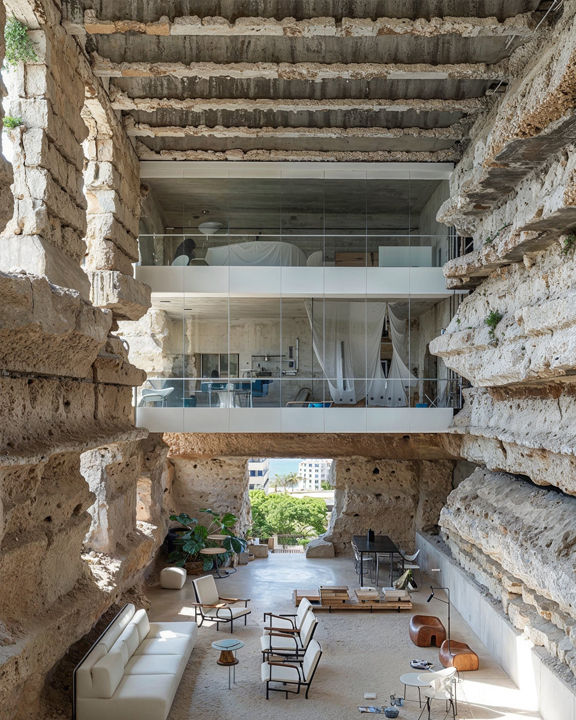
Looking forward, Bañón envisions a future where AI not only refines design processes but also inspires more organic, human-centered architectural solutions. The potential is limitless, foreseeing AI’s role in unlocking unprecedented creative avenues and setting new benchmarks in architectural innovation. As AI continues to evolve and integrate more deeply into architectural workflows, Bañón anticipates a transformative era where design transcends boundaries, blending functionality with aesthetic grace.
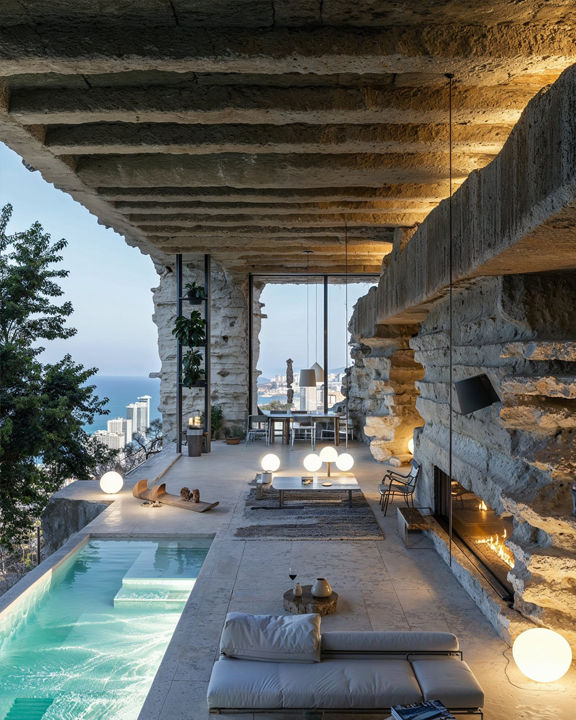
It doesn’t end here; throughout this week, we will continue to showcase more of our top AI-designed picks, offering exclusive insights directly from the designers themselves. Stay tuned for more!
Also Read: Burning Man 2023’s ‘Temple of Heart’: The Ultimate FOMO Antidote!
